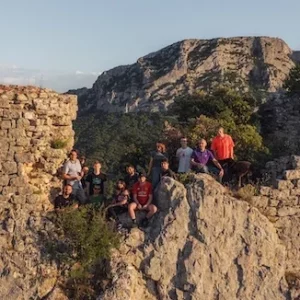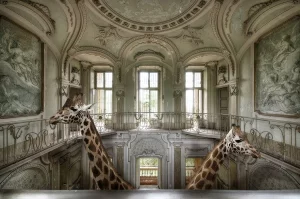While the characteristics of a camera or a video camera are easily definable, there exists a certain porosity between these mediums, between still image and moving image. Several elements come into play to create this unexpected conjunction.

Are Smartphones the Best for Photos? The Phenomenon of Phoneography
The digital world has revolutionized techniques that approach imagery, both in the production and post-production it offers, as well as through the instruments that render them. Smartphones initially integrated the Photo app as a fun additional feature, and then video quickly followed suit, even though these functions didn’t seem, at first, to be decisive in the act of purchasing a smartphone.
But the enthusiasm among the general public is such that smartphone designers have continued to enhance the performance of these integrated tools dedicated to imagery. Each brand boosts, with each model, the number of pixels, multiplies the optics, and increases the possibilities of working with one’s image because, indeed, photography proves to be a major asset for the mobile phone. It’s a small revolution that professionals call phoneography, it’s the skyrocketing ascent of image integration in mobile phones. Today, 74% of French people own smartphones, and the success of these image-related functionalities has still not been denied.
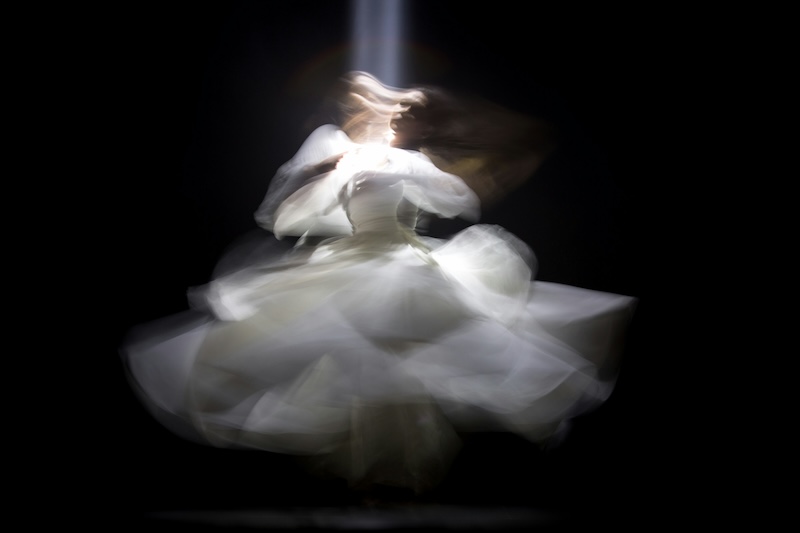
Every smartphone release is now scrutinized, and users’ choices among Apple, Samsung, or Huawei are dictated by the ever more amazing quality of photo and video capture. A case in point is Apple’s star presentation of the iPhone 11 Pro, which features a triple optical camera system with stabilizer and 10x zoom. The integrated video of this cutting-edge smartphone is equally impressive with its 4K image format and its mind-boggling technical peculiarities, to put even the most advanced camcorders on the current market to shame.
As a result, photography and video have become increasingly prevalent in our daily lives. In the United States, the average person is estimated to take 20 photos per day. By 2022, video accounted for a staggering 82% of internet traffic. Consequently, the creation of photo and video content has assumed a pivotal role in the digital landscape. Managing this influx of visual media has become a significant challenge. That’s why, at CYME, we’ve developed solutions like FindMySnap for mobile, which helps users organize their photos, and software like Peakto to manage all created content. Additionally, plugins like Peakto Search are proficient at retrieving both photos and videos. Photography and videography now dominate our lives, with 2.6 billion people watching YouTube every day. This trend hasn’t gone unnoticed by businesses, as 88% of marketing teams now consider video to be a crucial component of their strategy.
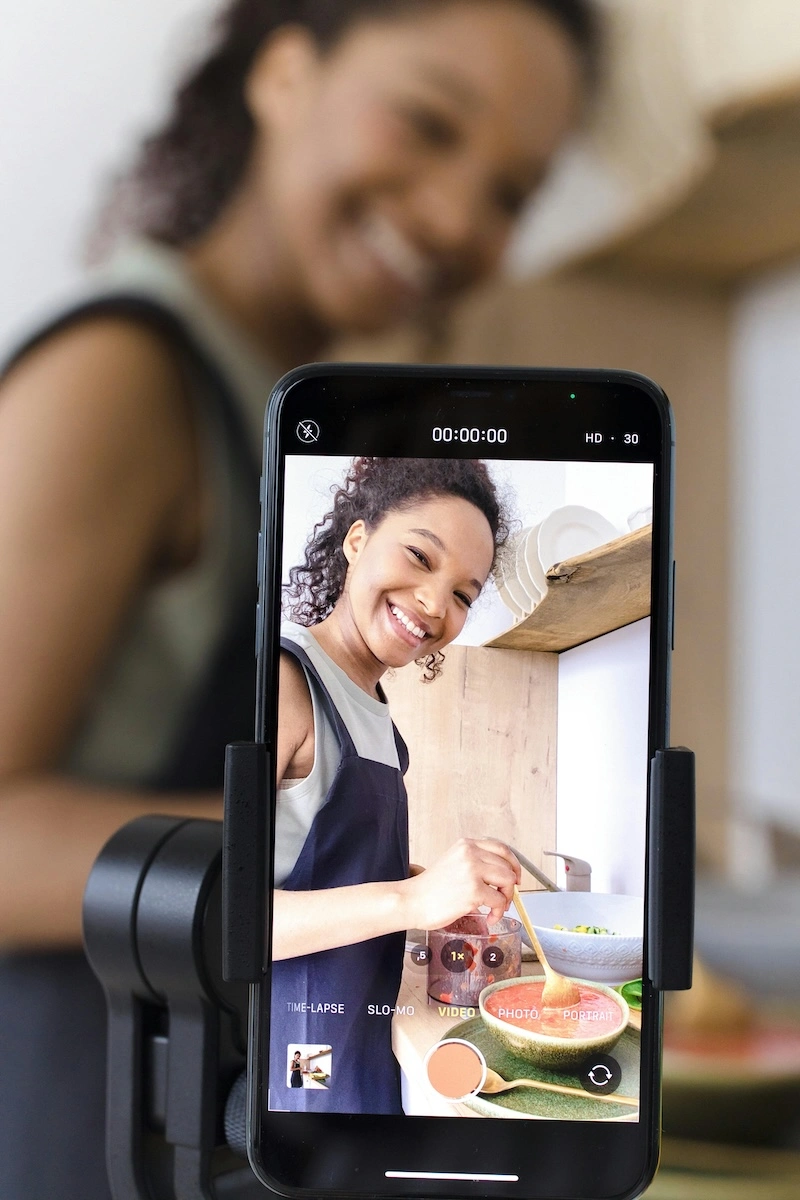
Smartphones for Video: Transforming the Landscape of Visual Production
The quality of shots, the variety of image textures, or the atmospheres offered have exploded the use of video and photography. Even our relationship with images has been altered. Taking a photo with a pocket phone has thus induced fundamental changes in our relationship with images. Today, we take a photo as we grab a pen to memorize an idea, a moment, a situation, a face, or to take a selfie in a given situation. The image has become an obvious ingredient in our daily lives, even addictive.
Platforms like Instagram or Snapchat, followed by more than a billion and a half active users, testify to the incredible success of using images in our everyday lives.
This is also explained by the easy-to-use functions of Photo and Video. Intuitive, they are aimed not only at image specialists but at everyone, and the results are staggering. The arrival of selfies is a striking example. The situational self-portrait has infected the entire planet. Not a politician, a celebrity in music, cinema, fashion, industry, space, business, sports, etc., who does not engage in the game of personal or collective photographic exposure.
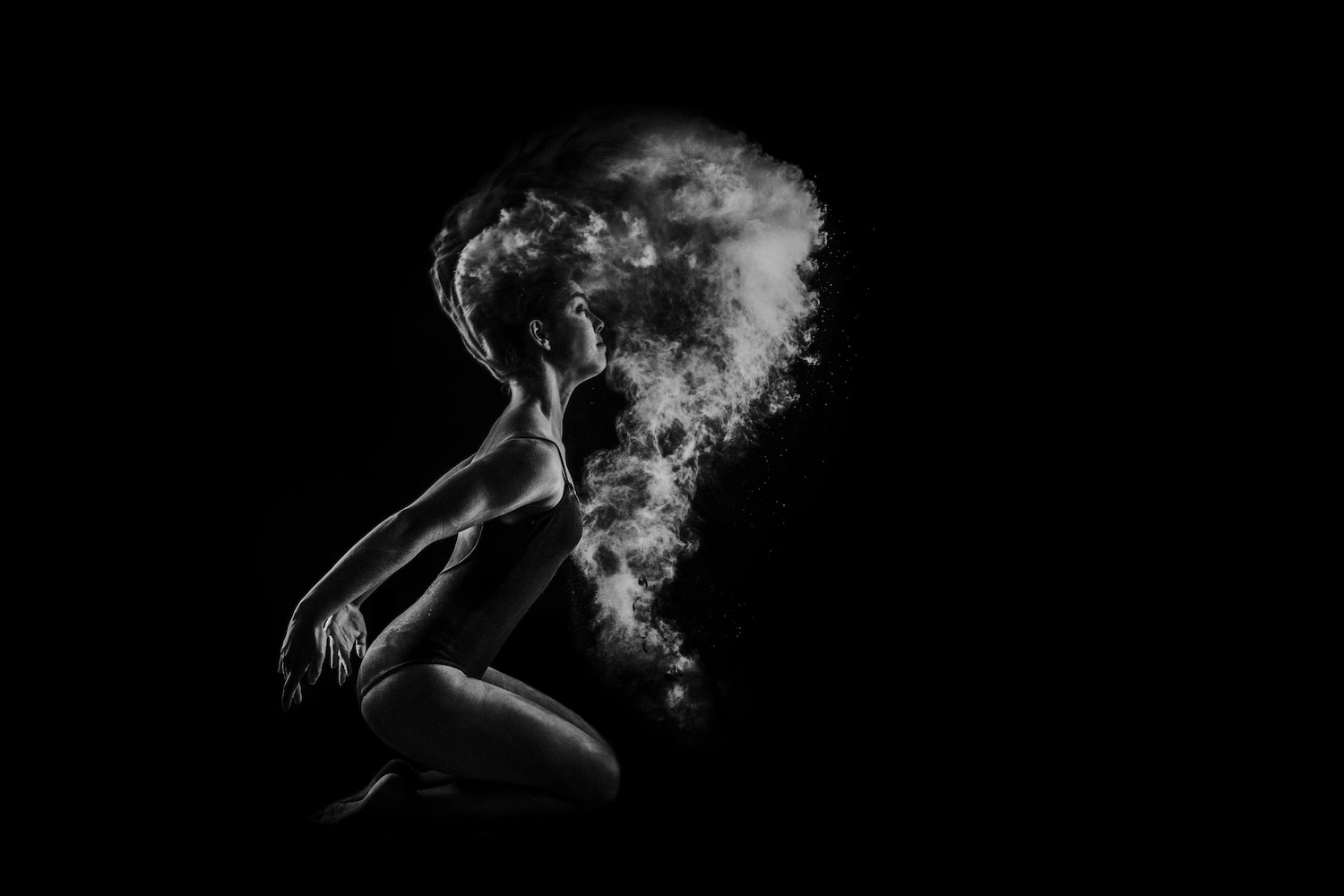
The quality of image rendering is so impressive that it even convinces professionals like investigative journalists who now frequently go on assignments with this multifunctional, hybrid, much lighter, and discreet equipment… which sometimes allows newsrooms to save on a cameraman position.
Film directors have even tried the experiment of making feature-length or short films with just an iPhone, like “Unsane,” “Paranoia,” and “High Flying Birds,” Steven Soderbergh’s three feature films, or “Détour,” the short movie directed by Michel Gondry.

The Best Video Cameras: Canon, Nikon, Leica, Sony Enter the Market
The behaviors towards this cost-effective digital photography, with no development costs and immediate results, have attracted renowned camera brands. In the first wave, we saw the emergence of digital cameras with ultra-performance qualities. Then, a second generation quickly entered the market with the addition of video functionality integrated into these professional cameras. Video cameras are hybrid devices that offer two features in one instrument. Two image options: mobility or capturing the moment.
Advantages of DSLRs for Video: One Medium, Two Narratives
Whether with a smartphone or a professional camera, we now have a device for both mobility and still imagery. It’s like having the same pen but using different grammar. For photography, it’s the still frame that provides the framework, while for filmmaking, the basic unit is built around movement. It borrows a specific articulation from cinema while incorporating the rules of photography.
With the hypertrophied use of photo and video, new behaviors emerge along with proposals that could not have arisen without this intended porosity, desired by some.

What is a Cinemagraph?
One of the first trends that we saw emerge, after the phenomenon generated by phoneography, is an artistic compromise that combines photo shooting with an animated dimension affecting only part of the picture. The cinemagraph is halfway between a GIF and still images. They are frequently used in visual marketing, to enhance websites or even digital fashion photos.

It’s impossible not to mention the pioneers of cinemagraphs, Kevin Burg and Jamie Beck, who utilized it during a model session by simulating wind on the drapes of clothing to add more liveliness.
Advertising, gastronomy, fashion, decoration, all sectors borrow from this technique that offers unparalleled dynamism to images.

What Vlog Means?
On the video side, phoneography also inspires astonishing creations. We quickly saw the emergence of new professions like influencers who have their phones attached to their hands 24/7, ready to capture any moment to comment on their actions or promote a product, a phenomenon known as vlogging.
It’s a full-fledged video format. A relatively short “face camera” video broadcasted exclusively on social networks like Twitch, Snapchat, Instagram, TikTok, Facebook, or YouTube, Vimeo, or Daily Motion channels. These video clips frequently include photos as well. Here too, the combination of the two mediums complements each other perfectly.
Phoneography, as we see, is a phenomenon significant enough for contemporary art to take interest and for galleries or museums to open their doors to a whole new generation of artists using this method.
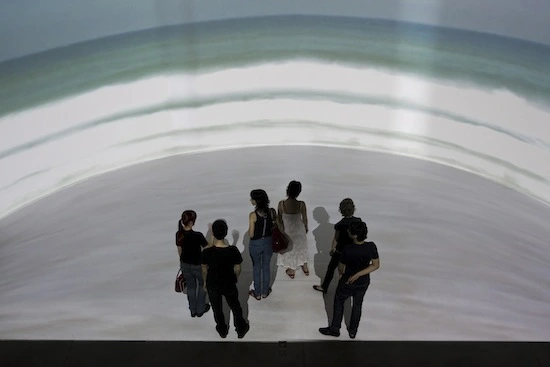
Photography and Videography: The Artistic Approach
When do we use one, when do we use the other? Each medium has a distinct interpretation, and when combined, it offers a third interpretation that is increasingly appealing. Some visual artists have already seized upon this, like Katia Maciel, a poet and filmmaker, who conceives artistic interventions by playing, mixing, and juxtaposing still and moving images in diptychs, truly exploring the frontier between photography and video.
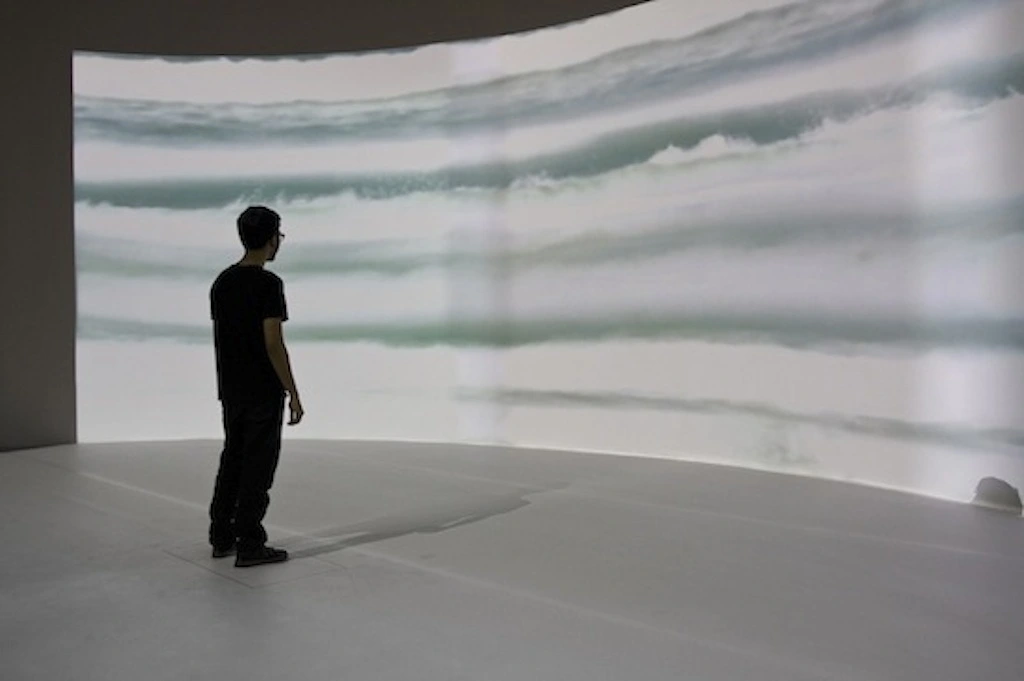
With “Répétitions,” the artist takes advantage of the encounter between movement and stillness. It’s not about “animating the still,” but finding a trace of movement in the frozen image. Indeed, “there is always movement, even in photography, in painting, one can see something moving, even if it’s just the air.”
Let’s mention another artist who also explores the world of animated GIFs, François Beaurain. A photographer turned visual artist, he is renowned for his pioneering work with animated GIFs. He has exhibited at prestigious events such as the Guggenheim Museum in Bilbao or the Rencontres de la Photographie in Arles.

“I took this image in the suburbs of Marrakech, where I realized there were many construction projects like this one, here called The Villas. (…) I am very sensitive to human intervention on nature. This place is very unique because, in fact, the city surrounds it. This space has been somewhat forgotten amidst the surrounding constructions.
What’s interesting about GIFs is that I can ask people, passersby to participate. I always have two or three GIFs in my bag, I show them what it can look like… it sparks discussion. In terms of dissemination, this technique can pose problems because it’s naturally impossible to reproduce the motion effect on paper. I did try with lenticular printing, but it doesn’t compare.”
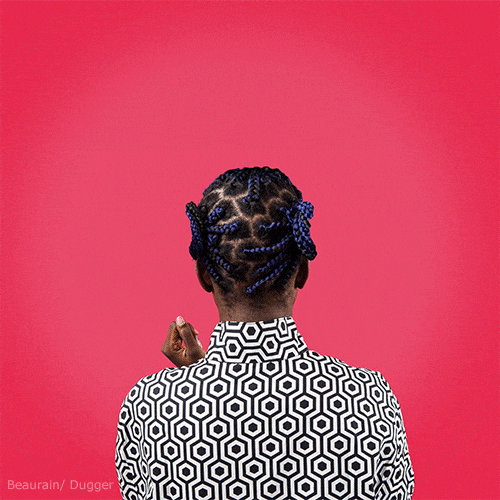
And you? Are you more into Photography or leaning towards Video trends?
A breathtaking landscape is best appreciated through a beautiful panoramic still shot. In video, a single shot doesn’t exist and finds its best expression in action scenes like a car race, food preparation in the kitchen, or a choreographed rehearsal. The central focus is on movement and movement alone, with three possible variations: the subject moves while the camera remains still, the camera moves while the subject is stationary, and both camera and subject move together.
So, which side of the mountain are you leaning towards? Unless you prefer the summit, and depending on your mood or circumstances, you’ll choose the most suitable medium because it’s true that one may naturally prevail depending on the context.

- Mathew Brogie, Average Number of Photos Taken Per Day Around the World, Repsly, 2021.
- Source: Wyzowl, 2024
- “How Smartphones Revolutionized Photography” by Marlène Joseph .
- https://www.blogdumoderateur.com/etude-le-numerique-en-france-en-2019/ .
- François Beaurain, interview by Focus Numérique (Nadia Ali Belhadj)
